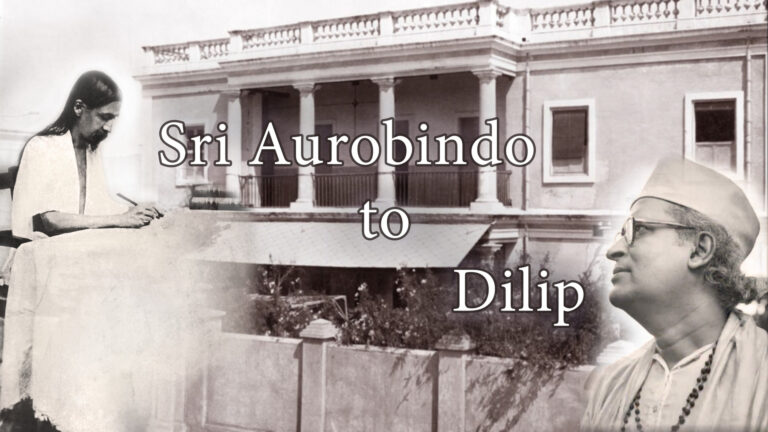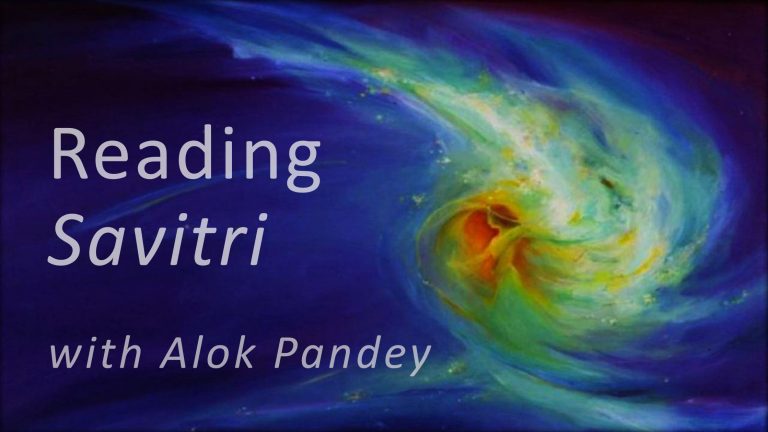What happened on the 06th December 1992 was a deep catharsis of nearly 500 years of a festering wound inflicted by the first Mughal invader. One of its reasons was the deepening of schism between the two communities through the division based on religion. People had learned to live together amicably, accepting the differences but then the breaking away of Pakistan based purely on difference of religion whereas the adoption of a secular way of life based on modern western ideas of democracy only made things worse. It was like rubbing salt on the injury. Added to this was the approach of successive governments that went on neglecting the need of the Hindu to revive his culture after long damage and restore its civilisational values. The pent-up emotions needed some release resulting in the demolition of the Babri mosque that stood as a symbol of the Mughal conquest, not only of the land but as a sign of trauma and humiliation of the Hindu psyche. But that pent up energy released, the karmic score settled, the balance of justice restored, the next logical step is to reconnect with our buried roots, the deep founds of the Indian Culture from which it drew strength and sustenance for generations. It is this process that has begun now.
But first there is the celebration as if a long stifled pent-up energy of Bhakti has suddenly found its release. The installation of the child-form of Sri Ram, Ramlalla or the Baal Vigrah of Sri Ram is not merely a religious revival but a regeneration of India’s native spiritual impulse that runs through the fabric of Indian life. It is as if a nation had found its soul. Behind the joy and the jubilation, behind the din and the noise of those favouring and opposing the event, behind the ceremony and the celebrations one can feel in some occult depth of the national consciousness the birth or rather the rebirth of the ancient Aryan soul typified in the persona of Sri Rama whose task, among others was to unite the different tribes and types of humanity existing then and weld them together in a common civilisational value of Arya Dharma. The beauty and appeal of Sri Rama lies in the simple fact that he is the living embodiment of Dharma. What is concealed in the difficult, symbolic language of the Vedas, what is there as profound spiritual and philosophical truths in the Upanishads comes alive in a practical and relatable way in the personality, life and works of Rama.
Sri Aurobindo has beautifully described the great epic of Rishi Valmiki, Ramayana and its hero Rama of the solar dynasty:
‘The Ramayana embodied for the Indian imagination its highest and tenderest human ideals of character, made strength and courage and gentleness and purity and fidelity and self-sacrifice familiar to it in the suavest and most harmonious forms coloured so as to attract the emotion and the aesthetic sense, stripped morals of all repellent austerity on one side or on the other of mere commonness and lent a certain high divineness to the ordinary things of life, conjugal and filial and maternal and fraternal feeling, the duty of the prince and leader and the loyalty of follower and subject, the greatness of the great and the truth and worth of the simple, toning things ethical to the beauty of a more psychical meaning by the glow of its ideal hues. The work of Valmiki has been an agent of almost incalculable power in the moulding of the cultural mind of India: it has presented to it to be loved and imitated in figures like Rama and Sita, made so divinely and with such a revelation of reality as to become objects of enduring cult and worship, or like Hanuman, Lakshmana, Bharata the living human image of its ethical ideals; it has fashioned much of what is best and sweetest in the national character, and it has evoked and fixed in it those finer and exquisite yet firm soul tones and that more delicate humanity of temperament which are a more valuable thing than the formal outsides of virtue and conduct.’ [Sri Aurobindo, CWSA 20:350-351]



About Savitri | B1C1-11 A Sacred Yearning (p.5)